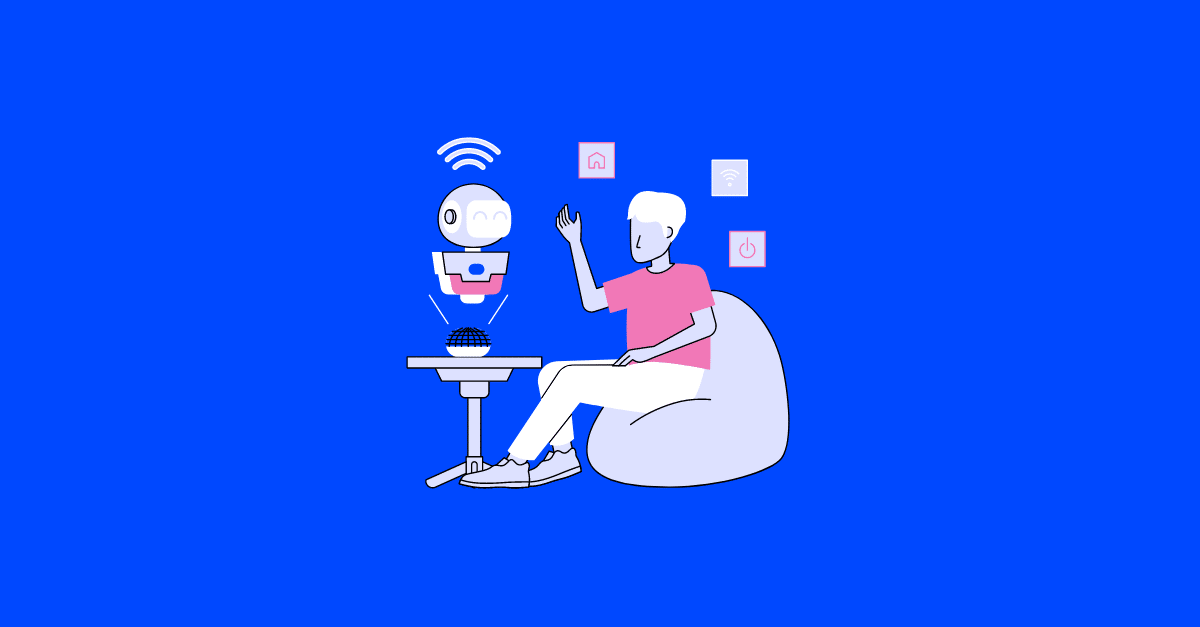By Michael Rivera, PhD
Consumers desire to be treated as individuals rather than anonymous customers or mere numbers in a complex data pool. So, as businesses increasingly adopt the Internet of Things (IoT), there’s a need to consider a people-first approach to make the business-to-consumer interaction less robotic and more intuitive.
For users, adding a human touch to IoT allows natural interaction with technology. It ensures users can seamlessly use and understand applications and IoT interfaces without learning complex commands or programming skills.
The technology can be integrated into many elements of their daily lives, such as smart homes, transport systems, healthcare, and workplaces.
For businesses, a human-centric approach can help them provide personalized experiences to their customers. Businesses can analyze the data collected on each customer’s previous activity to offer personalized recommendations and offerings.
This is critical in industries like healthcare, where personalized service can improve patient care and allow more efficient treatment.
Humanizing IoT with Generative AI
Humanizing IoT requires investment in artificial intelligence (AI), machine learning (ML), and IoT to provide a seamless and personalized user experience. Businesses must also be willing to put people at the center of technology.
Generative AI can ensure IoT technology is humanized in the following ways:
1. User-Focused Designs
It’s important to prioritize the user in the design of IoT systems. The pain points and preferences of the end-user must be considered during IoT development through extensive user research and feedback mechanisms.
This ensures that the IoT technology meets user expectations and deliver meaningful experiences.
2. Natural Language Interfaces
By creating natural language interfaces, users can interact with technology with everyday language. This significantly reduces the learning curve for new technology and makes it more accessible and simplified to people unfamiliar with complex procedures and commands.
3. Transparent Data Handling
Another way IoT technology can be humanized is by being clear and open about how user data is collected, used, and stored. Give users consent options regarding data sharing to make them feel in control. Prioritizing data security and privacy can also help build trust with users.
4. Personalization and Customization
Through data analysis, generative AI can make accurate recommendations and customize the user experience to their preferences. Personalization can result in a more engaging user experience, which increases customer satisfaction and loyalty.
5. Accessibility for People with Disabilities
Generative AI can be used to create speech recognition, gesture assistance, and text-to-speech interfaces, improving the accessibility to technology for people with disabilities.
6. Inspiring Creativity and Innovation
Generative AI can inspire creativity and innovation by analyzing data and patterns to identify new opportunities. This can also facilitate collaboration between humans and machines as AI sheds light on insights humans may not have considered.
Conclusion
Although the concept of humanizing IoT is gaining momentum, there’s a lot of potential to revolutionize how we interact with machines. It can make technology more accessible and user-friendly.
Thinaer’s platform provides an intuitive way to analyze and visualize data which drives better decision-making. Connect with our team now for out-of-the-box IoT solutions that help you personalize user experience and improve workflows.

